detail profile helmut vaag
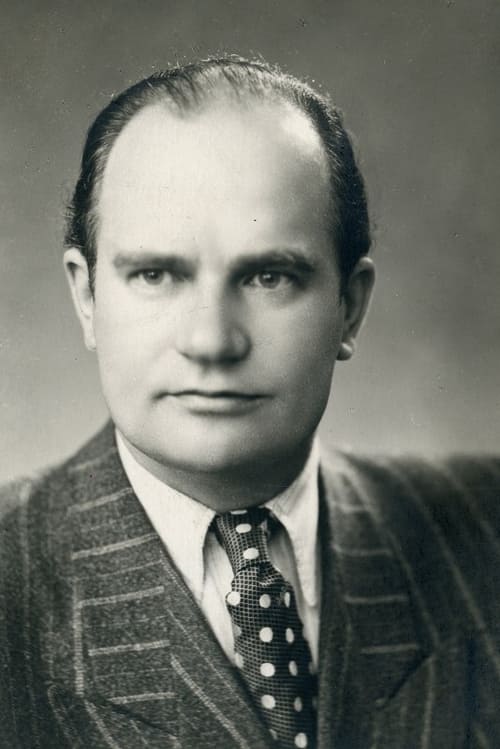
Riwayat Hidup
Helmut Vaag (born Arthur-Helmuth Vaag; May 29, 1911 Juuru Parish – July 8, 1978 Tallinn) was an Estonian actor and director.
1927-1931 he studied at Tallinn Töölisteater's studying studio.
1933–1940 he was an actor at Tallinn Töölisteater, 1940–1951 and 1961–1975 at Estonian Drama Theatre, 1952–1953 at Estonian Puppet Theatre.
1952–1961 he was an estrade actor at Estonian SSR State Philharmonic (nowadays Eesti Kontsert).
Besides theatre roles he played also in several films.
Info Pribadi
Peran Yang Di Mainkan Helmut Vaag
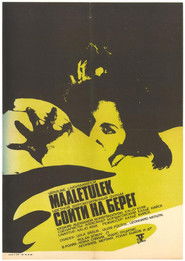 Reet loves her longdistance coxswain husband...
Reet loves her longdistance coxswain husband...Landing 1973
Reet loves her long-distance coxswain husband Rein, but the long separations have tortured her. It seems to her that the man cares more about his work than about her. Rein really loves his work, but his wife just as passionately. He does not understand how loneliness can overwhelm Reet, when women have always been waiting for men from far away. Their family friend Mart loves Reet and cannot see her suffer. It is in Marti's power to offer Reet a safe life, and the woman plagued by internal struggles makes a choice, but happiness seems to slip even further away.
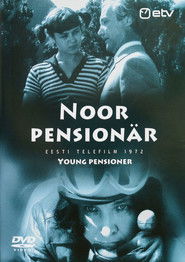 One lovely day a young man...
One lovely day a young man...Young Pensioner 1972
One lovely day a young man, a former ballet dancer suddenly finds himself on a pension and begins searching for a new place in life. Fate brings him together with a rather mischievous young day for whom her mother has been trying to find a tutor. Many exciting events begin to take place.
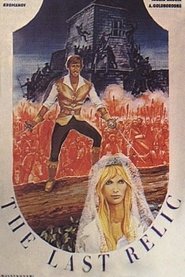 A medieval love story with lots...
A medieval love story with lots...The Last Relic 1970
A medieval love story with lots of adventures. The times are troubled - there's a revolt of peasants going on. To secure its safety a monastery chases for a relics of a holy Brigitte. A nobleman promises to get it if he gets beautiful Agnes as a reward. But she fells in love with a handsome adventurer. The monastery has to act shrewd now and play double game. The movie is still the best achievement of the Estonian cinema. Based on a novel.
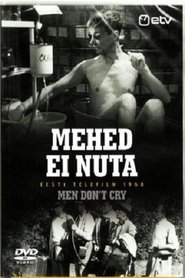 A group of sleepless nerds should...
A group of sleepless nerds should...Men Don't Cry 1969
A group of sleepless nerds should be taken into sanitarium for hard-therapy. They are taken to a lonely island but no sanitarium is in sight. Suddenly turns out that the nurses have kidnapped the men and are about to give them the only useful medicine they need - fresh air and work. But the patients decide to disobey. There's only one solution - to escape.
 After a long night with his...
After a long night with his...What Happened To Andres Lapeteus? 1967
After a long night with his old war buddies, Andres Lapeteus regains consciousness in the hospital. How has confusion, bewilderment and alienation developed between these men who once fought together side by side? Is this the inevitable result of the Stalinist regime, the influence of his social climber wife, or the effect of his personal cowardliness and conformism? What happened to Andres Lapeteus?
 The events take place in Estonia...
The events take place in Estonia...The Midday Ferry 1967
The events take place in Estonia in a summer in the 1960s. The Boy and the Girl want to go from mainland Estonia to the island of Saaremaa, but they do not have any money to buy the ticket to the ferry. They manage to hide themselves into a lorry that carries hay. Because they are smoking while they are on the lorry, a fire breaks out. The problem is, that the ferry in the middle of the sea.
 Russian prisoners of war commandeer a...
Russian prisoners of war commandeer a...The Lark 1964
Russian prisoners of war commandeer a tank and lead the Nazis on a cross-country chase in this World War II adventure drama. The Russians use their own tanks so the Nazis can use them as target practice to test a new anti-tank weapon. Knowing that death is near, the brave Russians run amok and tear down German monuments before heading out to a field where female slave laborers are working.
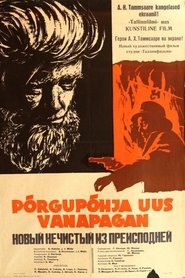 The way Saint Peter explains it...
The way Saint Peter explains it...The New Devil of Hellsbottom 1964
The way Saint Peter explains it to the Devil who's knocking on Heaven's door to collect his share of souls: there will be no more souls, as God has come to doubt if humans are really meant to achieve salvation. If they aren't then how can they be punished posthumous and sent to Hell? There's only one way to make sure if sinning is the human nature, or is it that they simply don't want to better themselves - Devil himself must go down to Earth, in human form, and if he can achieve salvation then so can a human being... Based on A. H. Tammsaare's classic novel of the same name.
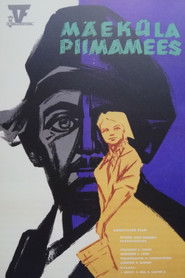 A baron gives a poor peasant...
A baron gives a poor peasant...